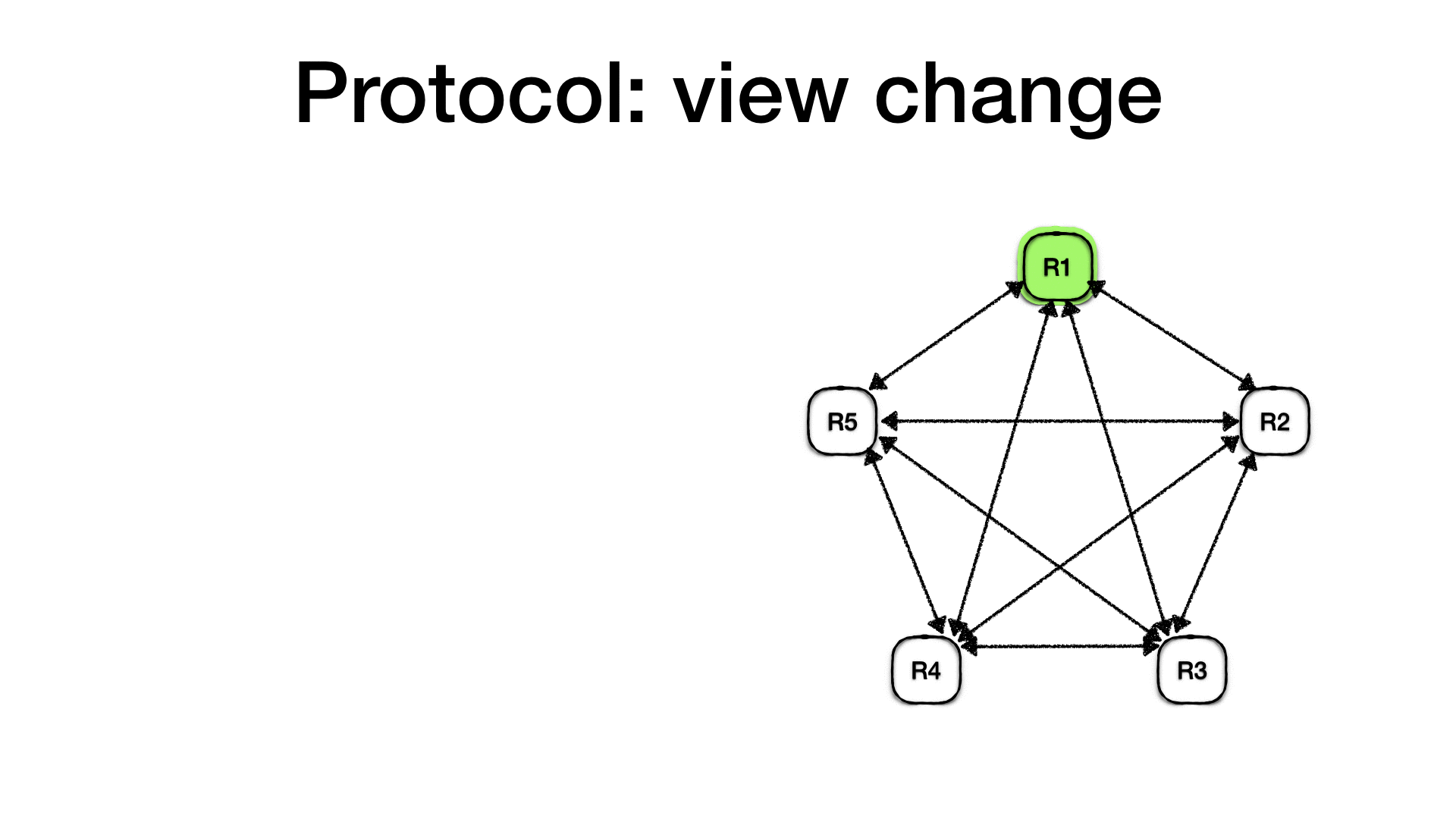Stop Data Loss Now: The Power of Local Continuous Replication Explained
Introduction
In the digital age, data has become an invaluable asset for businesses of all sizes. The loss of even a small amount of data can have devastating consequences, including financial losses, reputational damage, and operational disruptions. To mitigate these risks, organizations are increasingly turning to data protection solutions such as local continuous replication (LCR).
LCR is a powerful data protection solution that offers significant benefits, but its implementation and effectiveness can be complex and require careful consideration of various factors.
LCR offers several key benefits that make it an attractive data protection solution:
1. Real-Time Data Replication
LCR continuously replicates data from a source to a target storage device in real-time. This ensures that the target storage always contains an up-to-date copy of the data, minimizing the risk of data loss in the event of a disaster or system failure.
2. Near-Zero Recovery Point Objective (RPO)
RPO refers to the maximum amount of data that can be lost in the event of a disaster. LCR offers near-zero RPO, meaning that data loss is limited to a few seconds or even less. This is critical for applications that require constant data availability, such as e-commerce websites or financial trading platforms.
3. Failover and Recovery
In the event of a primary storage failure, LCR enables a quick and seamless failover to the target storage device. This ensures that critical applications and services can continue to operate with minimal disruption.
Despite its benefits, LCR also has some limitations:
1. Cost
LCR can be an expensive solution to implement and maintain. Organizations need to consider the cost of acquiring and managing the target storage devices, as well as the ongoing expenses associated with network connectivity and data replication.
2. Implementation Complexity
Implementing LCR can be complex and time-consuming. Organizations need to carefully plan and execute the replication process, ensuring that data is replicated accurately and consistently.
3. Scalability
LCR can be challenging to scale to large datasets or complex IT environments. As the amount of data grows or the IT infrastructure becomes more complex, the cost and complexity of LCR can increase significantly.
Organizations considering LCR should be aware of several implementation challenges:
1. Storage Capacity Requirements
LCR requires the target storage device to have sufficient capacity to store multiple copies of the data. This can be a significant concern for organizations with large datasets.
2. Network Bandwidth and Latency
The performance of LCR is highly dependent on network bandwidth and latency. Organizations need to ensure that the network infrastructure can support the high data throughput required for continuous replication.
3. Application Compatibility
Not all applications are compatible with LCR. Some applications may require modifications to support continuous data replication, which can add complexity and cost to the implementation process.
Different perspectives exist on the effectiveness of LCR as a data protection strategy:
1. Supporters
Proponents of LCR argue that it is the most reliable and comprehensive data protection solution available. They emphasize its near-zero RPO, quick failover capabilities, and ability to protect data from a wide range of disasters and system failures.
2. Critics
Critics of LCR acknowledge its benefits but raise concerns about its cost, implementation complexity, and scalability. They argue that other data protection solutions, such as backups and snapshots, may be more cost-effective and easier to implement for organizations with less critical data protection requirements.
Recent scholarly research and industry trends reinforce the importance of comprehensive data protection strategies:
1. Rising Data Volume and Value
The digital transformation has led to an exponential increase in data volume and value. Organizations need to implement robust data protection solutions to protect their valuable data assets.
2. Increasing Cybersecurity Threats
The threat landscape is constantly evolving, with new cybersecurity threats emerging regularly. LCR plays a crucial role in protecting data from ransomware attacks and other malicious activities.
3. Regulatory Compliance
Many industries have strict data protection regulations that require organizations to implement comprehensive data protection measures. LCR can help organizations meet these regulatory requirements and avoid penalties.
In conclusion, LCR is a powerful and effective data protection solution that offers significant benefits, including real-time data replication, near-zero RPO, and failover capabilities. However, its implementation and effectiveness can be complex, requiring careful consideration of various factors such as cost, implementation complexity, scalability, storage capacity, network bandwidth, and application compatibility.
Organizations considering LCR should critically evaluate their data protection needs and resources before making a decision. While LCR may be the ideal solution for organizations with critical data protection requirements, other solutions may be more appropriate for organizations with less critical needs or budget constraints.
The decision of whether or not to implement LCR should not be taken lightly. Organizations must carefully weigh the benefits and limitations, conduct thorough research and planning, and engage with experienced professionals to ensure a successful implementation.
Moody Daniel Funeral Home: Saying Goodbye To Beloved Community Members
Unbelievable Police Activity On Goose Neck Rd, West Valley NY
HL7 Cheat Codes: Boost Your Efficiency Today



